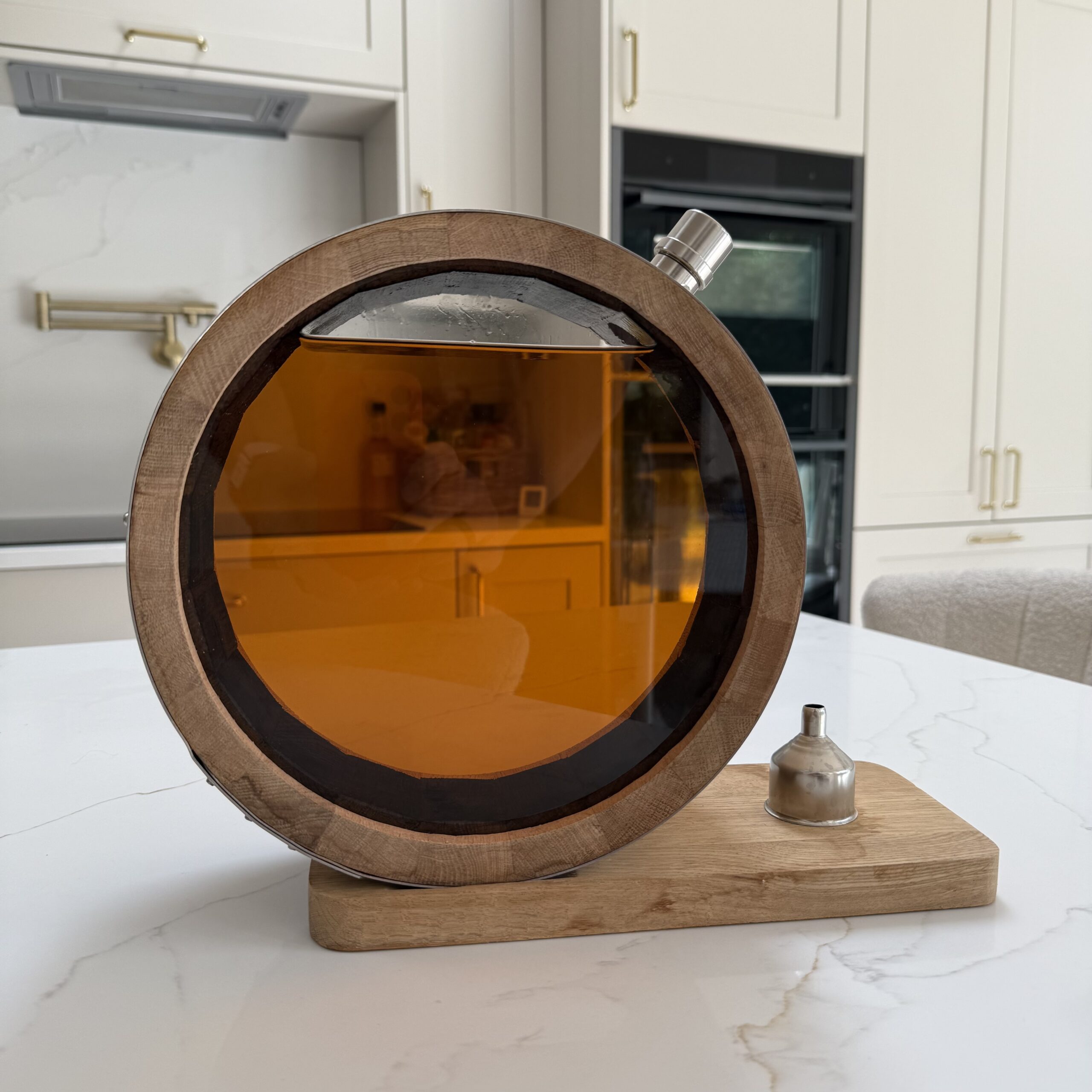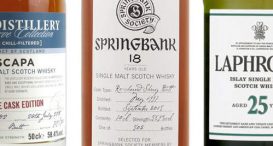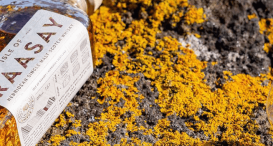The differences between Scotch and American Single Malt
let’s begin
Regulations and culture mean that malt made across the world is very different. Let’s take a look at the differences between Scotch and American Single Malt.
Like distant cousins
The two categories of spirit exist like distant cousins. There are similarities, but there are more differences. American distilling came out of the art being brought across the Atlantic by Scottish and Irish immigrants. It makes sense that there would be some kind of similarity between them.
Over time however, there have been many changes in both countries when it comes to whisky making. America has a lot of categories that Scotland doesn’t produce (or commonly at least), such as Bourbon and Rye. This comes down to grain type, which we’ll look at later.
Regulations
Most countries will have some kind of regulations around how spirits are made and marketed. Scotland and America are no different. In fact since whisky making is such an intrinsic part of both countries’ cultures, there are regulations on what can and can’t be called whisky legally.
In Scotland, those rules include that it must be matured for three years or more, in oak casks, in a single distillery before being bottled at 40% ABV or more. Similarly, in America they have the federal laws, which mean whisky must be matured for a minimum of four years in oak casks, in a federally bonded warehouse, before being bottled at 40% ABV or more.
When you get in depth into the laws in each country there are many intricacies and differences.
The production process
In Scotland, Single Malt must be made from malted barley, whereas in America, there is more freedom surrounding what kind of grain you can use. This can include barley, wheat, rye and corn. Of course, these can be used in Scotland as well, but that would make it a Single Grain whisky, rather than Single Malt.
Pot stills must be Scotland but in America you can use either pot stills or column stills or both. It would appear that there is more freedom in American law for whisky making, but this allows them to incorporate more categories. Scotland also makes more categories, like blends and Grain whisky, but these laws relate only to Single Malts.
The ageing process
Perhaps the biggest difference between the two is the ageing process. For Single Malt in America, there is no ageing minimum, but for Scotland, it must be 3 years old at least. This means that there is a category of American Single Malt called White Whiskey, which is virtually not aged at all. For example, High West Silver Whiskey sees the inside of a barrel for a few seconds.
Cask types also differ. America makes sure their whisky goes into brand new barrels (doesn’t matter how ling they’ll be in there for). This is where Scotland is a bit freer. The Scots can use any type of cask, provided it’s made from oak wood, allowing them to play around with flavour a little more.
Ultimately, there are many things that make Scotch and American Single Malt different. The best way to see for yourself is grabbing a bottle of each and having a good old taste test.
Do you prefer Scotch or American Single Malt? Start the conversation in the comments!
Greg
You might be interested in
More from the blog
Follow greatdrams
latest articles
Latest whisky
exclusively from GreatDrams
-

The GreatDrams Signature Barrel Decanter
£200.00 – £370.00













